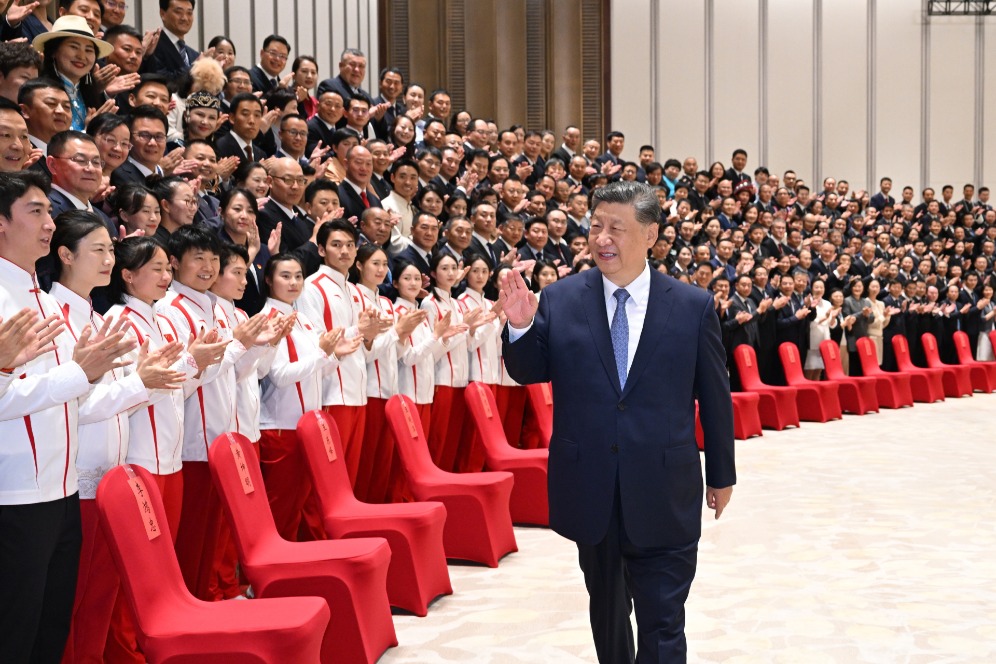Ecoprotection efforts boost Inner Mongolia


Safeguards and subsidies are bringing new life to the grassland.Wang Jinye, Yin Yao and Li Laifang report for Xinhua News Agency.
Despite a summer drought, villager Zheng Jie recently made 5,600 yuan ($780) by selling his Amur grapes. Even in late September, he was busy harvesting his corn and millet fields.
The 59-year-old is also a forest ranger, responsible for patrolling 33.33 hectares of woodland in Ma'anshan village in North China's Inner Mongolia autonomous region.
With its forest coverage rate reaching 90 percent, the village provides a fine example of the integrated efforts being made to protect the beautiful scenery of this grassland-rich region in China's northern border area.
Better lives
At the hilly Tuhum township, Horqin Right Wing Front Banner, the grassland has been divided into small square grids that form a unique landscape.
"The grids are weed blocks and the grass inside has been grown by artificial seeding," said Burensain, a township law enforcement official, who like many members of the Mongolian ethnic group only uses one name.
In May last year, Tuhum launched a grassland restoration project, which had 9 million yuan of investment and combined natural restoration with manual intervention to treat 4,000 hectares of degraded grassland.
Monitoring data show that the grassland vegetation coverage of the banner — whose status is equivalent to a county — rose by 28.67 percentage points from 2016 to last year. The water quality of its rivers has reached Category III standard, or good quality, according to China's five-tier quality classification method for surface water.
























